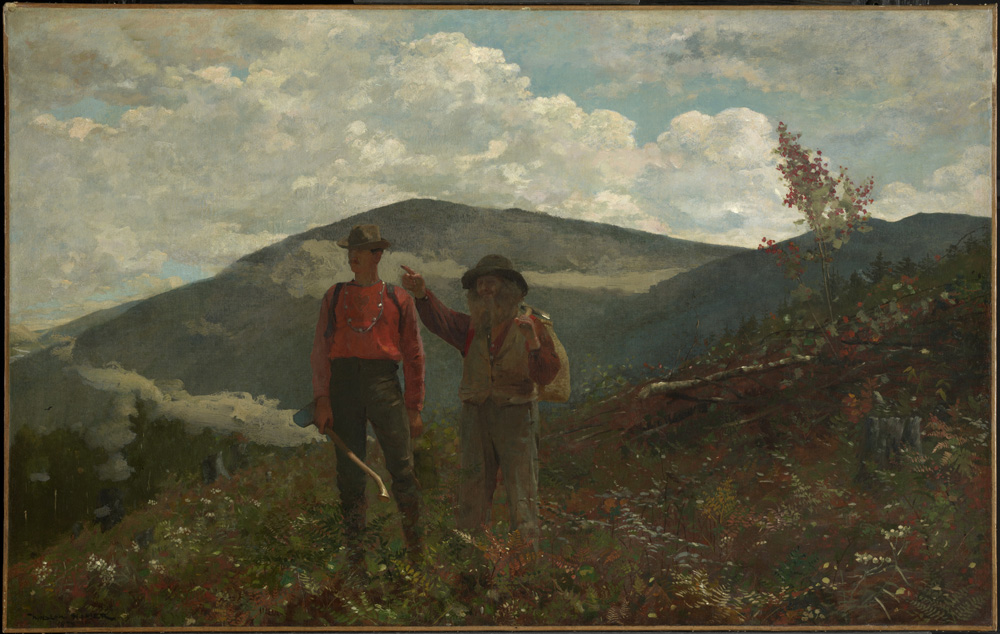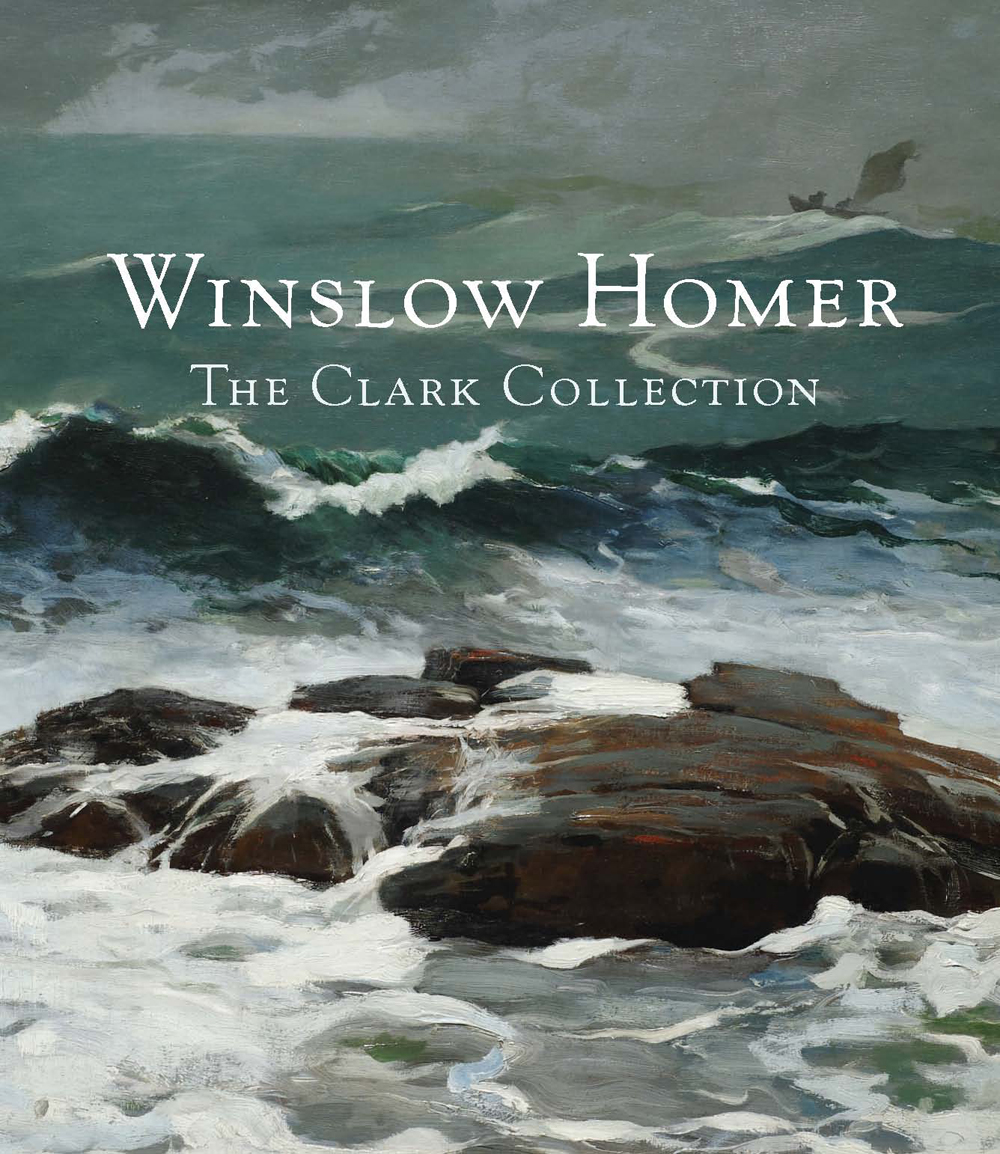
JUne 9–September 8, 2013
ABOUT THE EXHIBITION
Robert Sterling Clark declared Winslow Homer (1836–1910) to be among the greatest artists of the nineteenth century. Acting on this belief, Clark bought more than two hundred of Homer’s works and eventually owned more works by Homer than by any other artist. The breadth and ambition of Clark’s collection, more important than the large number of works it contains, make it the finest gathering of Homer’s art assembled by any individual since the artist’s death.
Homer began his career as an illustrator for the popular press, providing pictures of current events for newspapers in Boston and New York. Historians use these, as well as his paintings and watercolors, to illustrate mid-nineteenth-century political and economic developments. Art historians, too, use the works to explore not only Homer’s life and endeavors, but also to consider broader questions such as the rise of the critical press, the quest for a national style, and the ramifications of the expanding nineteenth-century art market. One work can tell a number of stories.
Sterling Clark’s and the Sterling and Francine Clark Art Institute’s Homer collection has a multifaceted history, too. Sterling Clark acquired his first painting by Homer in 1915 and continued adding to the collection up until the Institute opened in 1955. In the years since then, Homer’s works have played a prominent role in the museum’s exhibitions, publications, and programs.

Two Guides, 1877
The Clark extends its appreciation to Gill & Lagodich Fine Period Frames for their generous contribution towards the framing of our Winslow Homer watercolors.

